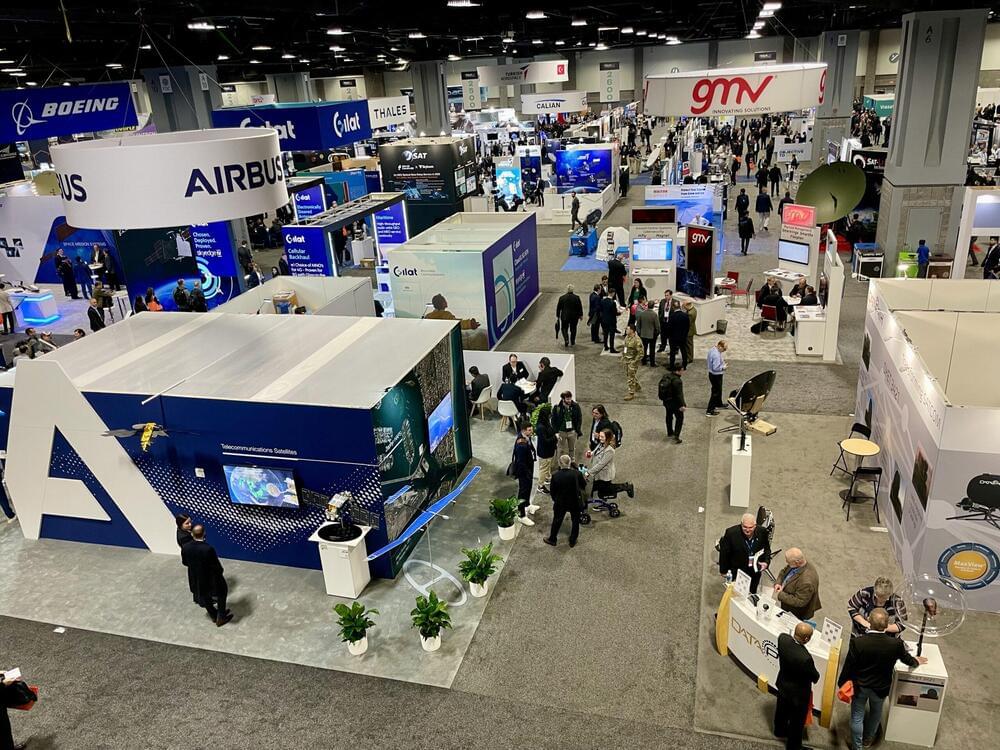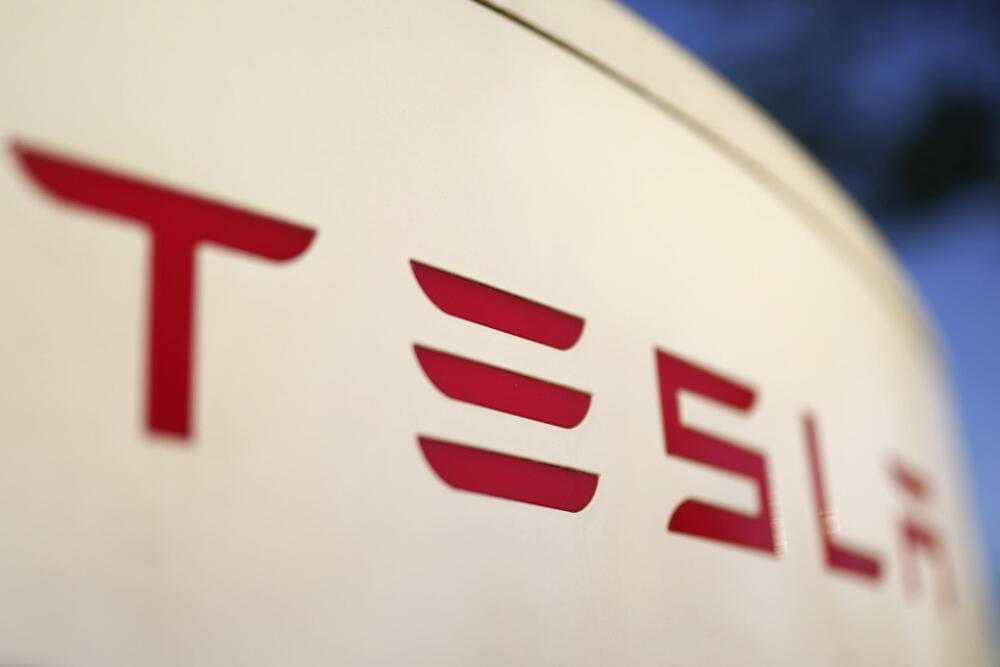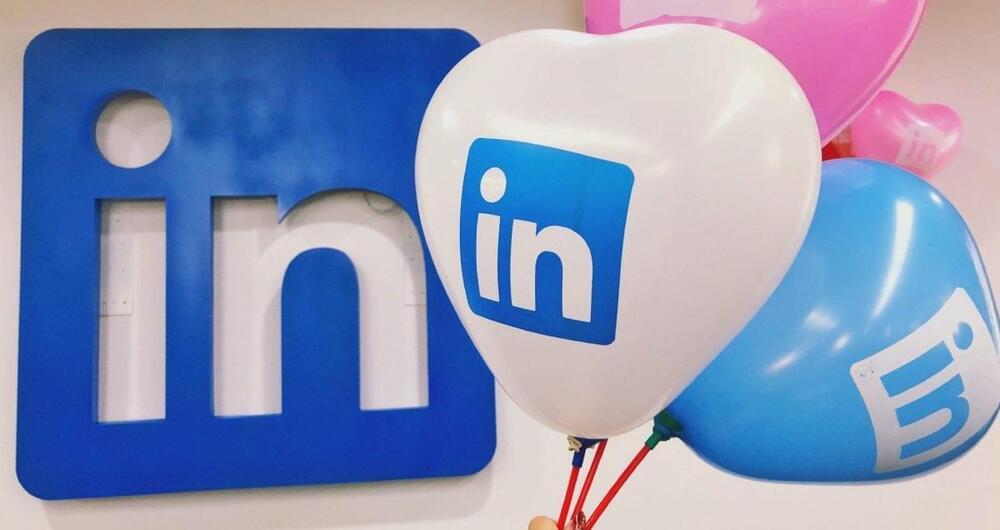Anyone considering a rooftop solar system will have a lot to like about Texas-based Yotta Energy’s innovation.
Interestingly, it’s what the setup doesn’t include that could be most game-changing for the small-and medium-sized businesses targeted by the company, per a CleanTechnica report.
There’s no extra land area needed for energy storage — and no trenching, no structure, and no foundation, either. Owners won’t need landscaping, fencing, or aesthetics. And there’s no cause for extra building and electrical permits for a big battery.








